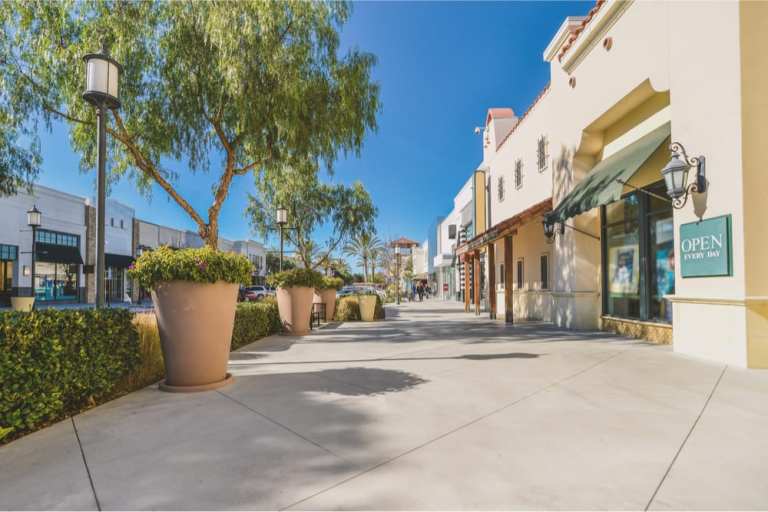
Retailers are starting to pay the rent. A new report from the National Association of Real Estate Investment Trusts (NAREIT) shows that rent collections for free-standing and shopping mall-focused real estate investment trusts (REITs) gained ground in July on top of gains in June. The report is confirmation that reopened retail stores are generating revenue despite high unemployment and regional pandemic spikes.
The report took data from April, May, June and July rent surveys and combined them with publicly disclosed data matched to June’s month-end data. In addition to the retail subsectors, industrial, office, apartments and healthcare showed strong rent collections in June and July that hovered between 94 and 99 percent.
The biggest gain came from free-standing retail, which increased 12.1 percentage points from 79.3 percent in June to 91.4 percent in July. Shopping centers are still low but rose 8.9 percentage points from 60.6 percent in June to 69.5 percent in July.
NAREIT said the increase was due to the stabilizing factor of essential businesses that have never had to shut down during the pandemic. Another key indicator came from a decrease in deferred rent and payment forbearance. Rent deferrals were an issue for 17 percent of retailers in May and June rent, but only 7 percent in July. The rate for shopping center REITs dropped into the statistically negligent zone, lowered from 9 percent of rent owed in June to 1 percent in July.
According to Marshall Mills, president and CEO of Dallas commercial real estate broker Weitzman, assistance programs for retailers are working. He said his company has worked with its tenants on the Paycheck Protection Program (PPP) loans as well as on deferrals. He is also counseling his tenants to work on their digital marketing.
“Overall activity is down, which is to be expected, but the market continues to see leasing in existing retail projects,” Mills told Connect Texas. “One big reason is that our residential growth and development continues, and retail follows rooftops. We’re seeing demand from restaurants with drive-thrus, along with discounters, automotive categories and even fitness and activity concepts, which see opportunities in spaces vacated by 24 Hour Fitness and Gold’s Gym.”
Manhattan, however, is a high-profile struggle. According to The Business Of Fashion, Lower Fifth Avenue, which intersects with the Times Square shopping district and runs from 42nd to 49th streets, had the biggest drop in retail asking rents in the second quarter, sliding 30 percent from a year earlier, according to a report by brokerage Cushman & Wakefield. Soho and Madison Avenue were among areas with declines of more than 14 percent.
“Rents fell 6.6 percent on Upper Fifth Avenue, home to some of the world’s most prestigious luxury merchants,” says BofF. “Lower Fifth, by comparison, is dominated by big national chains. The only neighborhood where asking rents rose was Lower Manhattan, with a 8.7 percent increase from a year earlier. Rents were unchanged in the Meatpacking District, which benefited from tourist traffic on the High Line before the pandemic.”